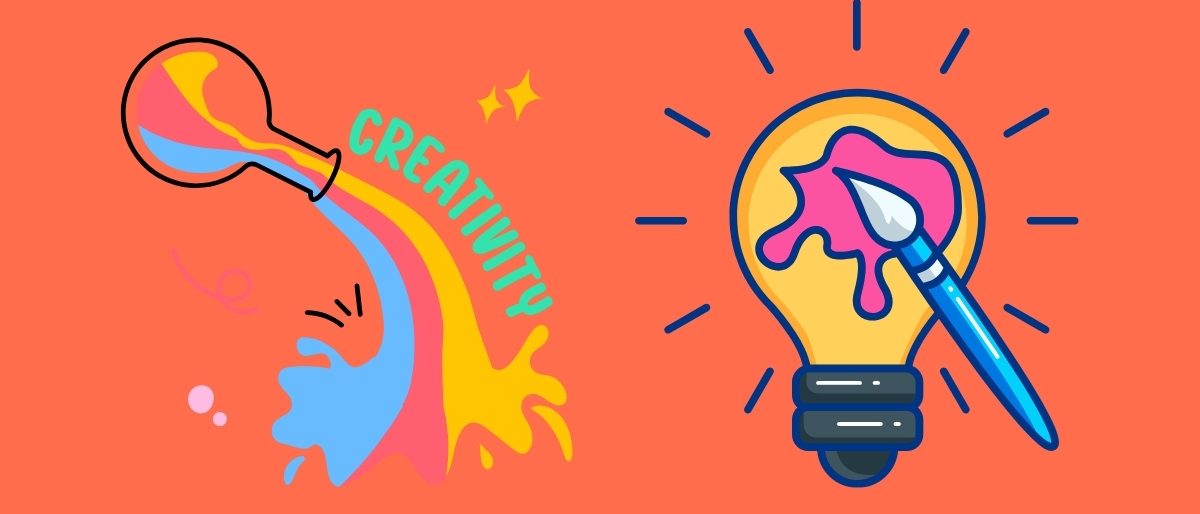Introduction
Creative operations management sits at the intersection of artistry and process. For creative teams to produce high-quality work that meets deadlines and business objectives, a delicate balance must be struck between creativity and efficiency. Achieving this balance is no small feat, as the demands for innovative ideas often clash with the need for speed and consistency. Here’s how creative operations managers can master the art of balancing creativity and efficiency while ensuring that both are maximized.
1. Streamline Processes without Stifling Innovation
Creative teams thrive on flexibility and freedom, but without structure, projects can spiral out of control. The key is to streamline workflows without stifling creative freedom. Implementing project management tools like Trello, Asana, or Monday.com helps ensure that tasks are organized and deadlines are met. These tools enable precise communication and task tracking, allowing creative teams to stay on schedule while providing them with the space to innovate. The goal is to create a well-structured environment that supports creativity without making the process feel restrictive.
2. Set Clear Goals and Expectations
To strike the right balance between creativity and efficiency, it’s essential to set clear goals and expectations from the start. A well-defined creative brief ensures that everyone involved understands the project scope, target audience, and key messaging. This clarity helps reduce time spent on revisions or misaligned concepts. By aligning creative output with business objectives, teams are better able to stay focused on delivering innovative solutions within the required timeframes. This transparency ensures that the creative process remains both productive and purposeful.
3. Embrace Collaborative Tools and Communication
Effective collaboration is a cornerstone of both creativity and efficiency. Tools like Slack, Figma, or Google Drive enable seamless communication and real-time collaboration among team members. Creative teams can share ideas, provide feedback, and make updates quickly without losing momentum. Maintaining open lines of communication reduces bottlenecks, making it easier to solve problems and stay on track. The more easily team members can collaborate, the more efficiently creative work gets done.
4. Leverage Technology to Automate Repetitive Tasks
Creative work often involves repetitive tasks, such as file management, content updates, or data tracking. Leveraging technology to automate these processes can free up valuable time for your creative team. For example, using tools like Zapier or Adobe Creative Cloud Libraries enables easy access to assets and reduces the manual effort required for file management. Automating these tasks helps creative teams stay focused on the bigger picture—innovative, high-impact projects.
5. Foster a Culture of Continuous Improvement
Balancing creativity and efficiency is an ongoing process. Encourage a culture of continuous feedback and improvement within your team. Regularly assess workflows, identify bottlenecks, and gather input from team members about what’s working and what’s not. This ensures that you’re constantly refining processes, making the creative process smoother, and helping the team work more efficiently over time.
Conclusion
Balancing creativity and efficiency in creative operations management is an art that requires a combination of clear structure, streamlined workflows, effective collaboration, and the innovative use of technology. By providing creative teams with the right tools, setting clear goals, and fostering a culture of continuous improvement, creative operations managers can help teams thrive, delivering innovative and high-quality work on time.
#CreativeOperations #Efficiency #CreativeManagement #Collaboration #Innovation #ProjectManagement

